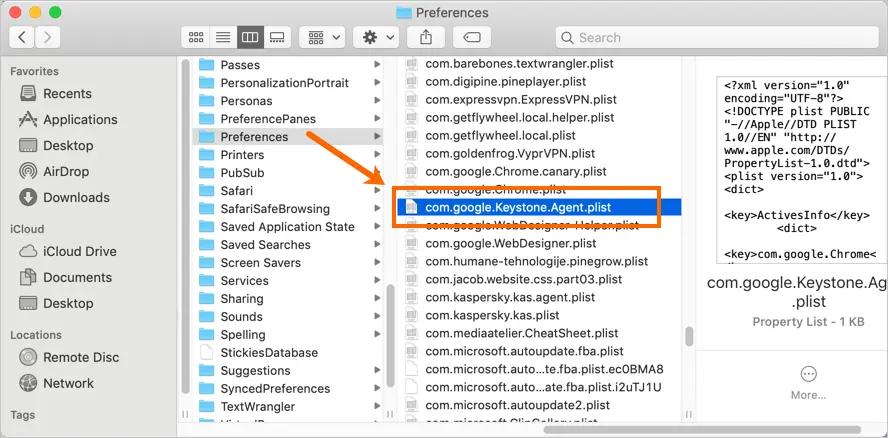How to update Google Chrome browser to the latest version possible. This video is going to quickly show you how to manually update the browser Chrome to the. Get more done with the new Google Chrome. A more simple, secure, and faster web browser than ever, with Google’s smarts built-in. Chrome doesn’t always apply the latest updates when you open the browser, so if you want to check and see which version you’re running, go to Settings and then click About Chrome at the bottom.
Please print these instructions or copy them by hand so that you can refer tothe steps while you are downloading your new browser.

Just follow the seven easy steps below to upgrade your browser for free!

Chrome Download For Windows 10
- Click on the browser icon of your choice below. After you click on an icon,a new window will open and you will be taken to the browser's download page.
FirefoxBest - Highly Recommended
SafariBetter
Google ChromeBetter
Internet ExplorerOK
- Click on the download button that is displayed. The free download is alreadypreconfigured for your operating system.
- You will be asked: 'Would you like to save this file?' Click on the <Save File> button.
- Wait for the browser software to download completely. It might take several minutes,depending on the speed of your computer and Internet connection. After the downloadis completed, the browser software may start to install automatically. If this happens,then skip to Step 6 below. If the browser software does not begin to installautomatically, double-click on the top file in the 'Downloads' box that is displayed.Then proceed to Step 5.
- An 'Open File - Security Warning' box will be displayed. You will be asked:'Do you want to run this file?' Click on the <Run> button.
- You may have to answer a couple of questions before the browser software installs.Accept the default settings unless you know what you are doing. Then wait patientlywhile the browser software is installed on your computer. The installation processmay take a few minutes.
- After the browser software is installed, it will probably open automatically. If itdoesn't, then double-click on the browser icon that is displayed on your desktop.
Generally speaking, you should keep your gadgets and apps updated as much as humanly possible. The nagging reminders are a pain, and having to stop what you’re doing to apply a software patch is annoying, but it’s an important step to take if you’re trying to achieve any kind of real security and privacy online.
In just the past few days, both Apple and Google have issued urgent security updates. They have urged users to update their hardware and software to avoid security issues that the patches can easily correct.
Google Chrome’s very bad week
The Chrome browser suffered at least three security issues this past week. Ars Technica has a thorough write-up of each issue, which you can check out as you download the new software. The first issue only applies to users who had installed a popular extension called The Great Suspender, which suppresses tabs that would otherwise eat up a lot of computer resources if left running in the background.
© Keira Burton from Pexels This could be you updating your browser.On Thursday, Google addressed a serious vulnerability; it is summed up here in a post by a security company called Tenable. According to the report, the vulnerability had been observed “in the wild,” which suggests exploit attempts could have affected actual users.

The last exploit leveraged Google’s sync function, which standardizes a user’s Chrome experience across desktop and mobile devices to dodge protective firewall restrictions. The exploit involved depositing malicious extensions onto a computer by allowing them to sync from the mobile version of Chrome.

How to update your Chrome browser
On your computer, click the three vertical dots in the upper right and then navigate to “Update Google Chrome.” It will only show up if you’re not currently on the most recent version. Once you’ve updated, the software needs to restart. Pressing “relaunch” will restart the browser and open the same windows you already have open.
Apple’s iPhone and iPad vulnerability
On January 26th, Apple urged iPad and iPhone users to apply security patches contained within its iOS 14.4 and iPad 14.4 updates. According to the announcement, Apple became aware of a trio of security issues that may have been “actively exploited” before the patch.
Apple is typically tight-lipped about security issues pertaining to its software platforms, and this was no exception. The company did reveal that two of the bugs affect WebKit, the underlying framework for its Safari web browser, as well as the Kernel, which is critical to the software as a whole.
Apple may reveal more specific information about the possible exploits down the road, but it typically engages in thorough investigations before doing so. The Apple Security Updates page reads: “For the protection of our customers, Apple doesn’t disclose, discuss, or confirm security issues until an investigation has occurred and patches or releases are generally available.”
Updating iOS

If you don’t have auto-updates turned on, you can update manually by navigating to Settings > General > Software Updates. You’ll see a red number next to that option if you have an update that’s waiting to install. It’s always a good idea to make sure your device is backed up before starting an update. Also, you’ll want to be connected to Wi-Fi for a better experience—the updates are large and will massacre your data cap—and keep your phone connected to a power source because it won’t install if there’s a chance you’ll run out of juice during the process.
It’s time to upgrade
Upgrade Chrome Browser Windows 10
Even though it’s unlikely the average person would feel the effects of any of these recent exploits, it’s a nice reminder that those nagging update notices exist for a reason. The next issue could always hit closer to home. So, as annoying as it can be, you should always install them as soon as possible.
